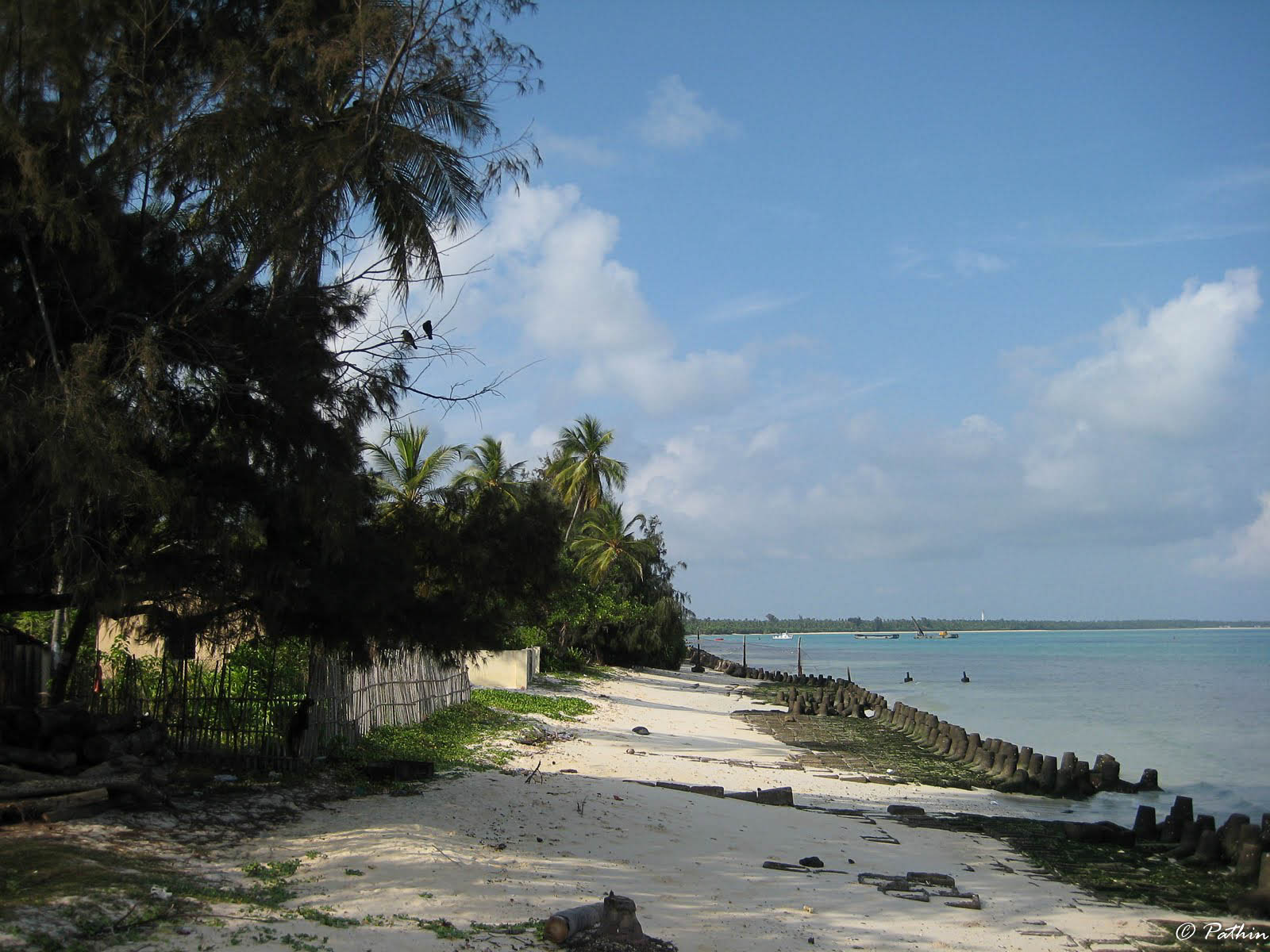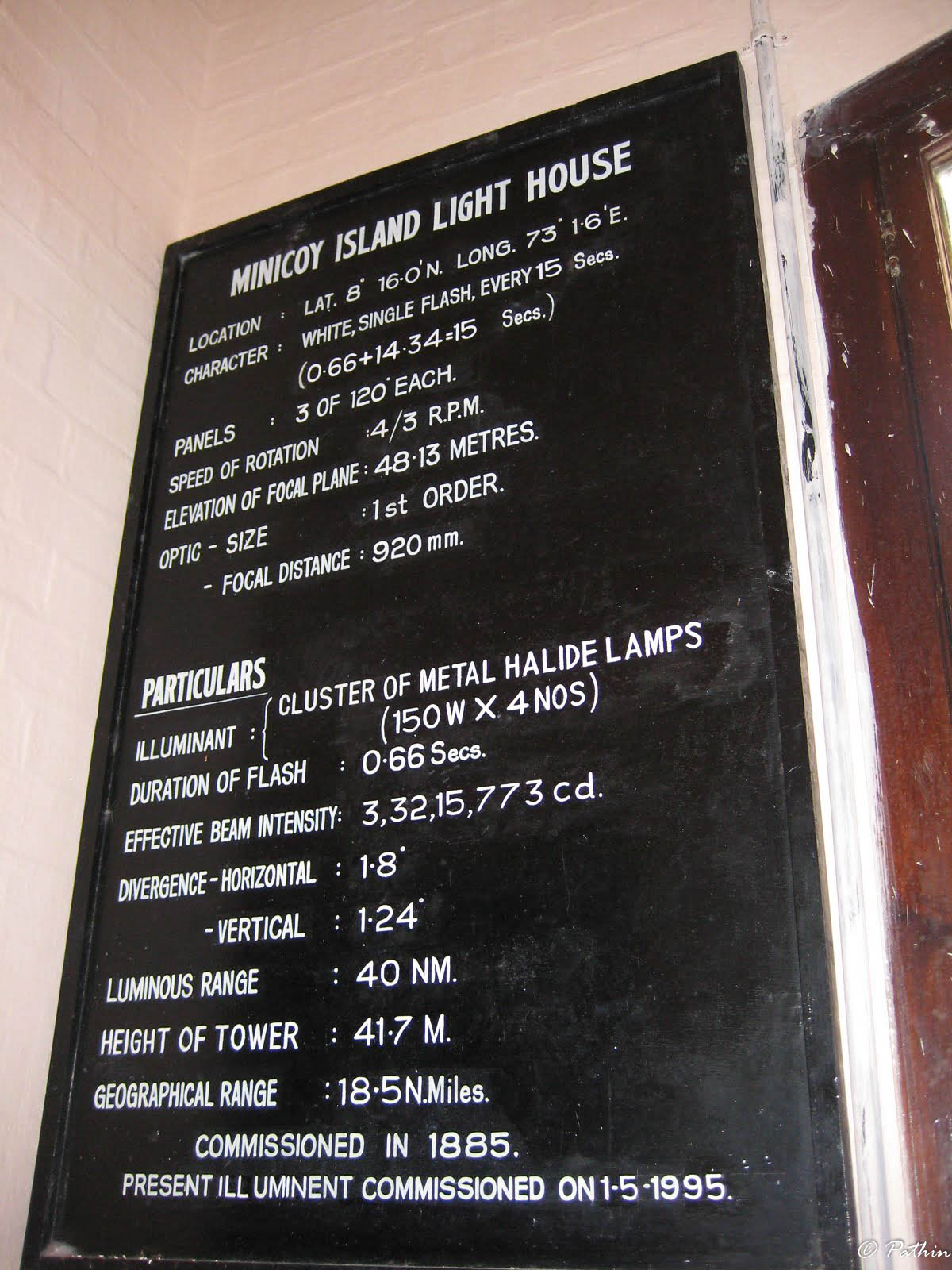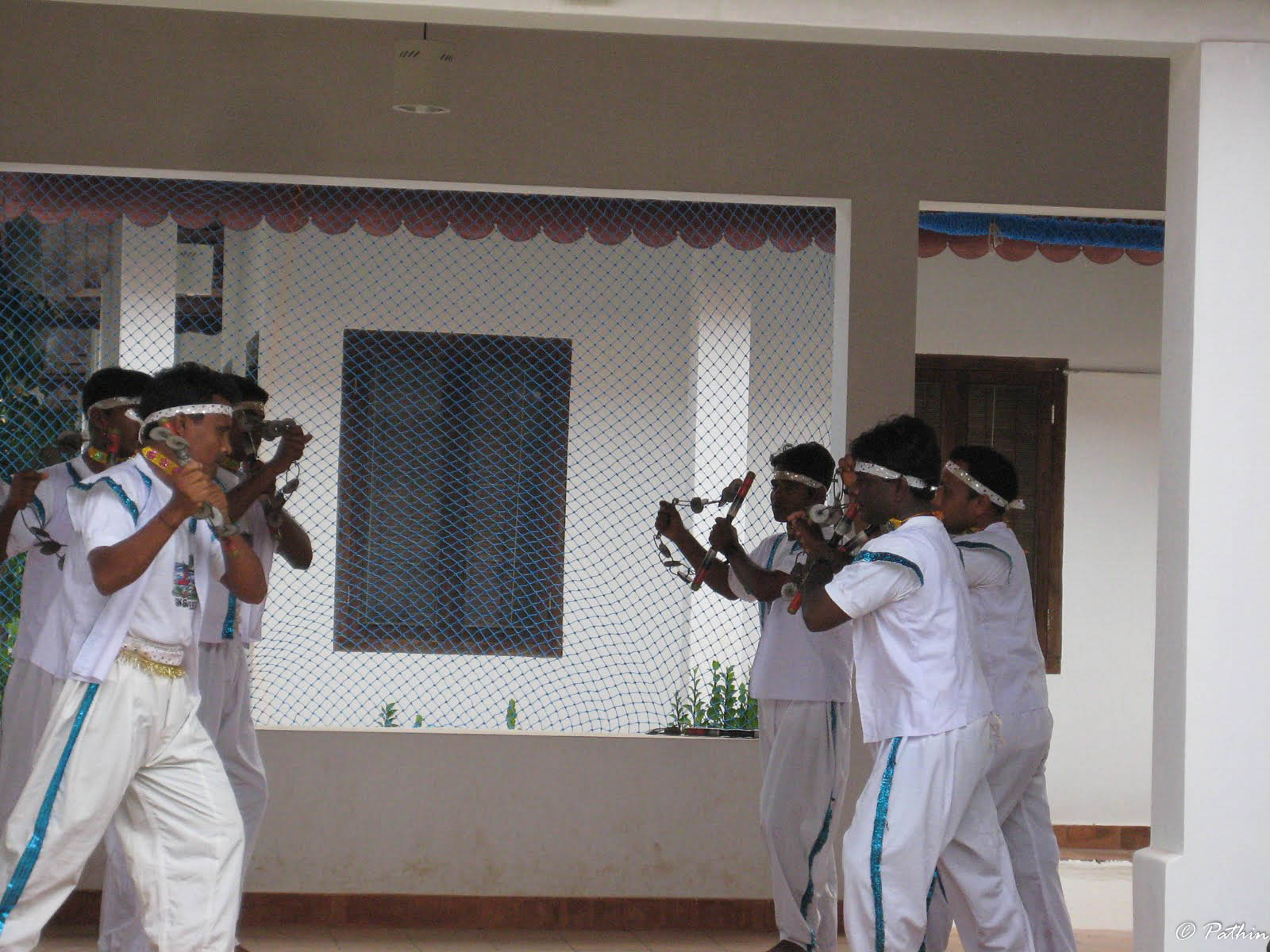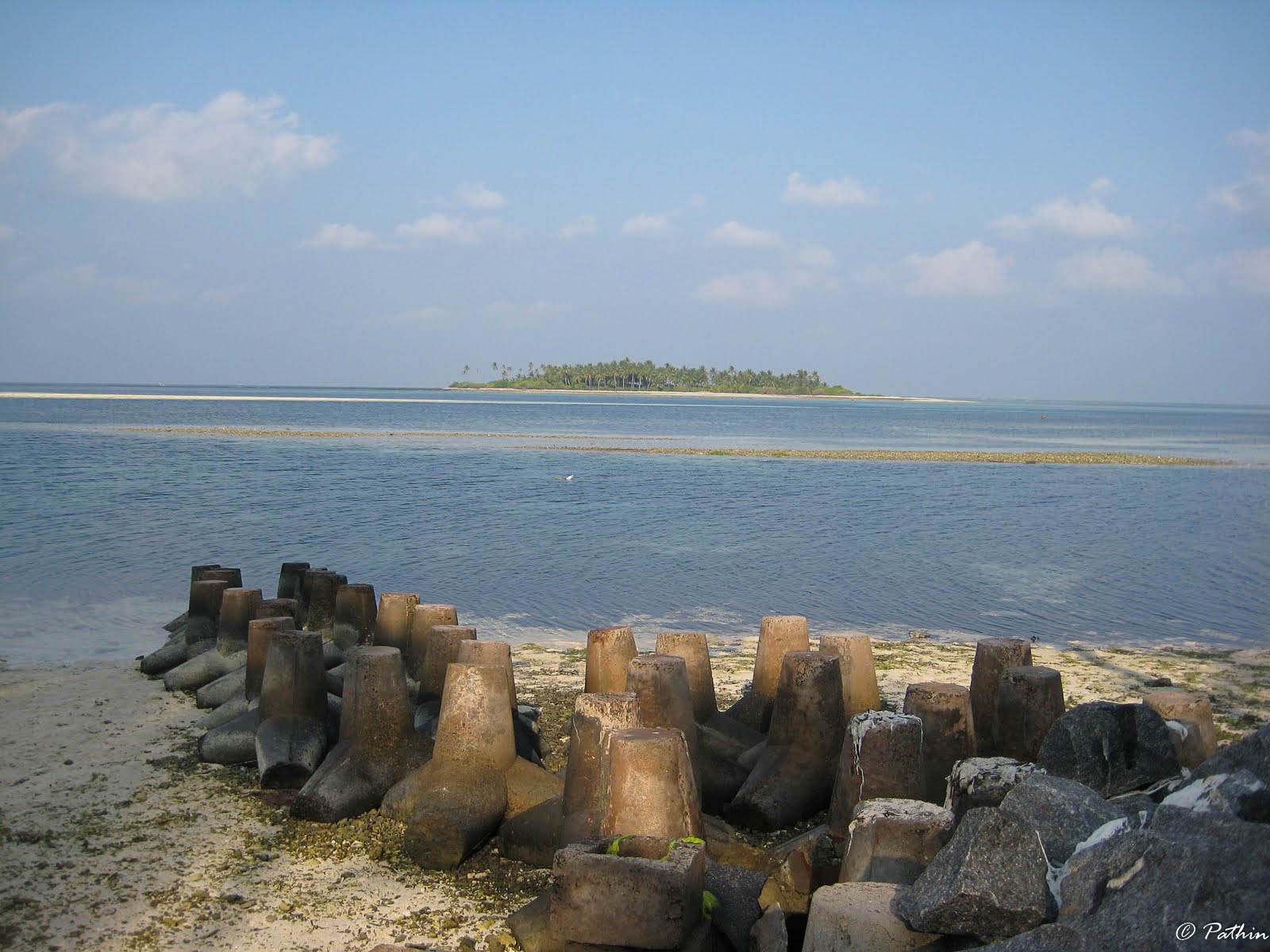Lakshadeep, an archipelago of 36 coral islands about 200 kms off the cost of Kerala in the Arabian Sea is our very own piece of tropical paradise – unspoilt white beaches and blue sparkling waters. Out of 36 islands, only 11 are inhabited. Not only the beauty, Lakshadeep islands are being promoted heavily by Government of India for water sports like swimming, wind-surfing, diving, snorkeling and kayaking. With concentrated government focus, elaborate infrastructure is now in place to meet the needs of tourists. The connectivity to the islands have also improved with regular services by ships, helicopters and airlines. Lakshadweep was given the National Eco-Tourism Award 1997.

The administrative headquarter of this Union Territory is at Kavaratti island and only three islands, Agatti, Bangaram and Kavaratti are open to Indian and International tourists. The Society for Promotion of Nature Tourism and Sports (SPORTS) is a society formed by the Lakshadweep Administration in 1982 and is the nodal agency of Lakshadweep Administration for promotion of tourism in the islands. All tourism activities are arranged by SPORTS, no private operators are available. SPORTS website: http://www.lakshadweeptourism.com/index.html
Our trip started from Delhi on a sunny morning in February. The first stop was Kochi, the embarkation point for all trips to Lakshadeep.
Next day morning we reached Ernakulam dockyard to start off on our adventure! The scene that greeted us at the jetty did not inspire any confidence. There were heaps of luggage and packing cases dumped all over the place without any sign of organization. The feeling of disappointment was compounded by the fact that there was not a single SPORTS employee in sight to assure us nor to answer queries.

However, there was a method to the madness and we soon realized that the actual embarkation of the tourists is a fairly organized process supervised by the crew and SPORTS employees.

Per our itinerary, we were to spend 5 nights and 6 days on-board our floating hotel, M. V. Kavaratti. From the second day onward, the ship would visit a new island and tourists would be transported by smaller vessels to the island to enjoy the beauty of the destination. Lunch and snacks are usually arranged at the island while breakfast and dinner were served in the ship’s dining room. This arrangement worked very well, since the timing for pickup and drop from the respective islands were well-regulated to ensure all activities were covered per schedule.

Minicoy
The first stop on the second day was the island of Minicoy. The southern most of the Lakshadeep islands, Minicoy with an area of just 4.80 sq. kms. is one long stretch of white coral sands, aquamarine waters and green palm trees.




In addition to a day of water sports, we got a glimpse of the local economy, a visit to a light-house, a cultural program showcasing local music and dance and a visit to a village. All these short visits not only familiarised the tourists with the local economy and culture but also enabled us to experience the warmth, happiness and welcome of the community. And this is exactly where our impersonal package tour got transformed into a personal visit – it was as if we were visiting a relative at a far off area after a long time!





Kavaratti
The next day’s stop was the island of Kavaratti. It is not only the capital of Lakshadeep group of islands but is also an important Indian Navy Base since 1980’s.

Water sports scuba diving, snorkelling, jet skiing, water bikes, wind surfing and glass bottomed boats are some of the popular water sports to try in Kavaratti Island.







Kalpeni
Our last stop was the island of Kalpeni. With a length of 11 kms only, this island has the largest lagoon amongst all the three islands we visited. The Kalpeni lagoon has a total area of 37 sq km – an area of clear aquamarine water ringed by coral where there is no wave, nor any undertow. This results in a perfect spot for all kinds of water sports and thriving marine life.



The trip ended at Mattancherry jetty on the last day where M. V. Kavaratti dropped us early in the morning to make our way back to the smoke and fumes of civilization.
